Arkansas
The Arkansas ClipArt gallery offers 21 illustrations of the Natural State.

25 Star United States Flag, 1836
Color illustration of a 25 Star United States flag. The additional star represents the state of Arkansas.…

25 Star United States Flag, 1836
Black line illustration of a 25 Star United States flag. The additional star represents the state of…

Seal of Arizona
The Seal of the Territory of Arizona, 1863. The image on the seal shows mountains, forests, and a deer.…
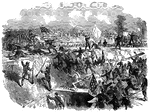
Arkansas Post
"The capture of Arkansas Post, Ark. General Stephen G. Burbridge, accompanied by his staff, planting…

Seal of Arkansas
The Seal of the State of Arkansas. The seal shows Mercy, a bald eagle holding a shield, and the sword…

Cutting Levees
"Cutting the levees near the state line of Louisiana and Arkansas, twenty miles above Lake Providence,…

Fort Hindman
"The investment of Fort Hindman, Arkansas Post, Ark., by the Federal troops under General McClernand,…
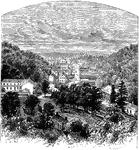
Hot Springs, Arkanasas
An view of Hot Springs, Arkansas which is nestled in a valley between two mountains. Hot Springs is…

James Miller
James Miller (25 April 1776 - 7 July 1851) was a member of the United States House of Representatives…

Battle of Pea Ridge
"Battle of Pea Ridge, Ark., fought March 6th, 7th and 8th, 1862, between the Federal forces, 13,000…
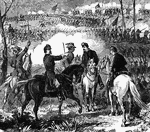
Battle of Pea Ridge
"Battle of Pea Ridge, Ark., fought March 6th, 7th and 8th, 1862, between the Federal forces, 13,000…

Battle of Pea Ridge
"Battle of Pea Ridge, Ark., fought March 6th, 7th and 8th, 1862, between the Federal forces, 13,000…
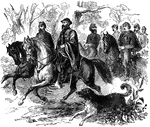
Battle of Pea Ridge
"General Asboth and staff at the Battle of Pea Ridge, Ark., March 6th-8th, 1862. The gallantry displayed…

Arkansas State Penitentiary
An illustration of Arkansas State Penitentiary as pictured in 1874. The prisoners housed were the main…
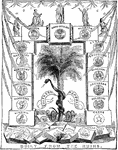
Southern Republic Built from the Ruins
A political cartoon of the Southern states being built from the ruins after the Civil War.
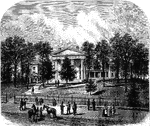
Arkansas State Capital
The Arkansas State capital Building, located in Little Rock, is the seat of government of the state…




